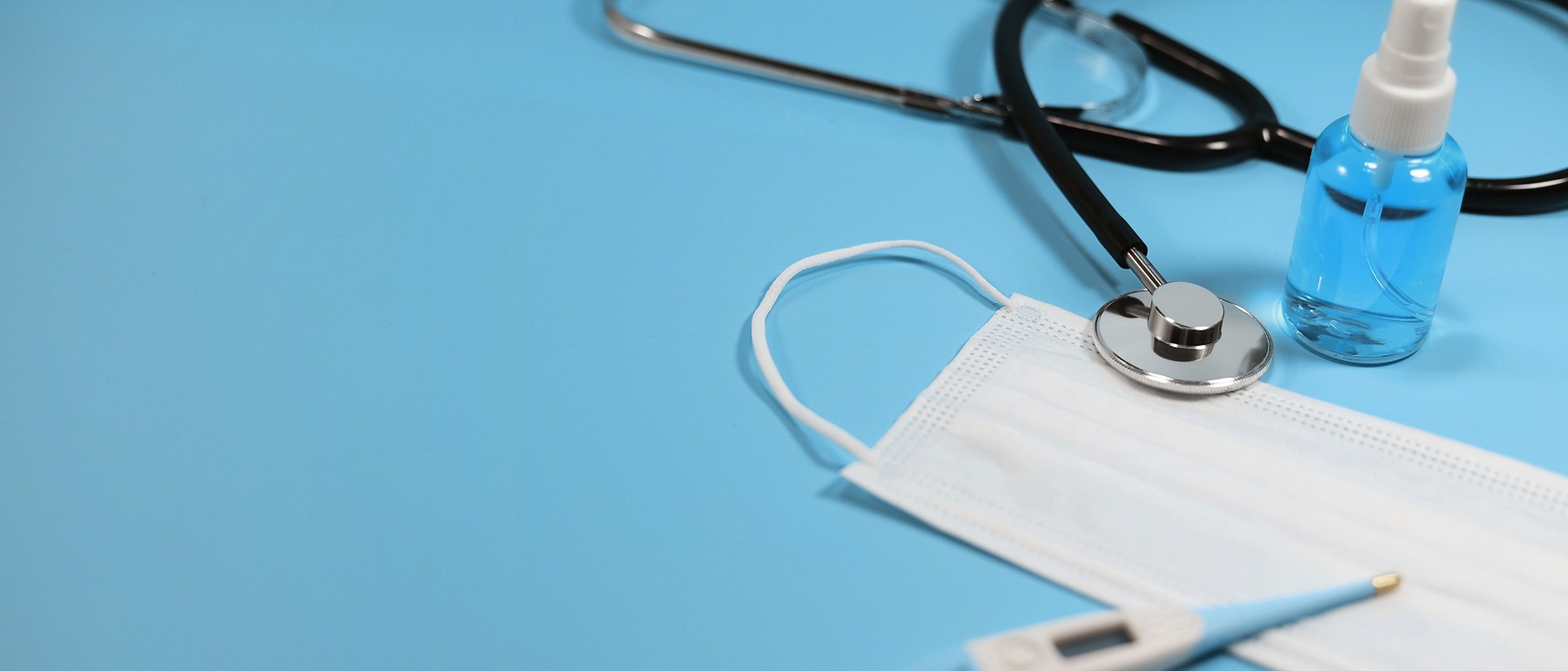| Product Name |
Superquick Western Assay Kit for HA Tag |
| Catalog No. |
WBDK-YJL-0009 |
| Description |
It only takes 10 minutes to get from the blot to the HA-tagged fusion protein band. |
| Detection Target |
HA tag fusion protein |
| Detection Method |
Chemiluminescence |
| Storage |
Store at -20ºC for up to one year. |
| Intended Use |
For research use only. |
| Results |
Clear bands, low background, high sensitivity |
| Background |
Western, also known as western blot, western blotting, often abbreviated as WB, is one of the important methods for detecting protein levels using antibodies.
Flag tag, HA tag, Myc tag, His tag, GST tag, etc. are some of the most common tags on expression vectors. Fusion expression with these tags can be very conveniently used for the expression, purification or detection of target proteins without the need for target protein-specific antibodies. |
| Packing List |
Anti-HA Tag-HRP, blocking and antibody diluent, western washing solution, chemiluminescent substrate reagent A solution, chemiluminescent substrate reagent B solution |
| Features |
The primary antibody and secondary antibody incubation are combined into a one-step operation, which is easy to use and has low background. It includes a complete set of reagents from blocking to chemiluminescence. After the transfer is completed, high-quality western results of tagged proteins can usually be obtained within 10 minutes, which can greatly speed up the detection of tagged proteins. |
| Application Type |
Western blot rapid detection of tagged proteins |
| Quick Protocol |
1. Blocking
After transfer, place membrane (~6.6×8.5 cm) in western washing box containing 5 ml blocking & antibody dilution buffer.
Gently shake at room temperature for 1 minute using a shaker.
For smaller membranes (~2×8.5 cm), use 2 ml buffer.
Note: 1 min blocking is generally sufficient; extend if needed.
2. Antibody Incubation
Prepare Anti-HA Tag-HRP antibody working solution at 1:500 dilution.
Adjust dilution between 1:250–1:1000 if necessary. More dilution buffer available.
Remove blocking buffer completely (vacuum pump, pipette, or dropper recommended).
Add 5 ml antibody solution (or 2 ml for smaller membranes).
Incubate with gentle shaking at room temperature for 5 minutes.
Recover antibody solution for reuse.
Wash membrane 3 times, 30 sec each with 10 ml western wash buffer (or 4 ml for smaller membranes).
3. Protein Detection
Prepare chemiluminescent substrate reagent working solution by mixing 0.5 ml each of reagent A and B (total 1 ml). For smaller membranes, prepare 0.4 ml.
Remove membrane, blot excess liquid (avoid protein side contact), place on clean plastic wrap.
Add 1 ml chemiluminescent substrate reagent working solution evenly on membrane, incubate 1 minute. For smaller membranes, use 0.4 ml.
Remove excess solution, gently blot dry, sandwich membrane between two plastic wraps.
Proceed with chemiluminescence imaging or film exposure. |
| Recommended Using Conditions |
Blocking for 1 min, antibody incubation for 5 min, wash 3×30 s, incubation for 1 min, imaging within 0.5 min. |
| Hazard Statements |
Chemiluminescent substrate reagents A and B are harmful to the human body and require protection during operation. |
| Total Time of Experiment |
About 10 minutes (from transfer to obtaining the target protein band) |
| Compatible Temperature Conditions |
Primary and secondary antibody incubations are combined into a single step, usually incubated for 5 minutes at room temperature before subsequent washing and detection. |
| Blocking Solution Action Time |
1 minute |
| Blocking and Antibody Dilution Buffer Features |
Can be used for both membrane blocking and antibody dilution simultaneously. |
| Developer Features |
High sensitivity, low background, long-term luminescence |
| Recommended Supporting Consumables |
Western membrane washing box: 9.0×6.0×3.3 cm; 5 grids, 14.5×9.8×3.5 cm |
| Blotting Membrane Sizes and Recommended Usage Times |
6.6×8.5 cm blotting membrane: 6 times or 30 times
2×8.5 cm blotting membrane: 15 times or 75 times |
| Note |
For your safety and health, please wear a lab coat and disposable gloves during the operation. |



